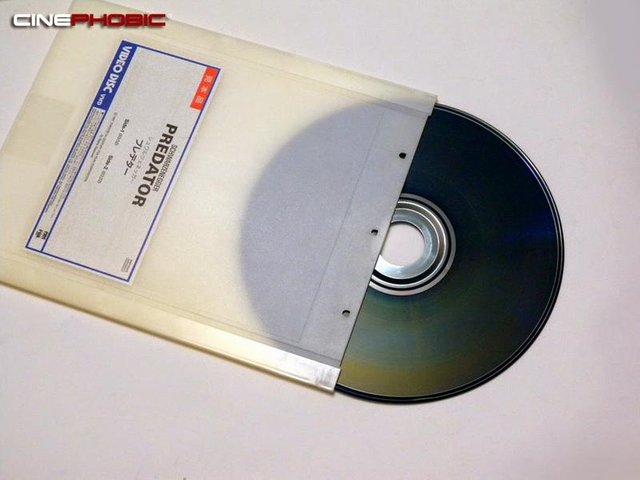Forgotten audio and video formats : VHD

If I told you that there is a range of vinyl that allows you to watch a movie on a dedicated turntable, you probably wouldn't believe me. However, a particularly obscure and quite unprecedented format was marketed to the general public in the early 1980s. Today, we are discovering a video medium that has flopped but was at the very least quite innovative. So let's go back nearly forty years with the appearance of VHD !
Effective but fragile!

Result of a collaboration between Victor Japan (JVC) and Matsushita, VHD (acronym for Video High Density) was created in 1978 and was only exploited domestically in 1983, for the Japanese and North American markets. As the Laserdisc struggled to find its place in the middle of VHS and Betamax, the two Japanese companies took the challenge of offering a less expensive format for video operators. Based on a vinyl format of 25 centimetres in diameter, the VHD allowed the possibility of recycling the many 33RPM pressing lines present during this period. A considerable saving of time and money for video manufacturers.

The difference is that the VHD does not use the groove process of audio, but rather a spiral pattern with microscopic hollows similar to CD sampling. This burning method thus gave a capacity of one hour of possible video per side, which was more or less the equivalent of what a Laserdisc could offer. However, this new technology faced a significant inconvenience. Since the high rotational speed (900 rpm) and the friction of the reading head, equipped with a simple sapphire, caused premature wear of the reading head but also of the medium itself. With a lifetime of around 2000 hours for sapphire and 10,000 readings for disc, VHD is clearly not a medium designed to withstand prolonged use and time.
Advanced features !
In practice, the VHD was in the form of a rigid PVC cassette containing the vinyl. To use it, all you had to do was insert it into the reader, which then took it out of its case. We repeated the operation by changing faces to switch from one to the other. In technical terms, this format has serious advantages: a higher resolution than VHS (around 250 points per line) and Dolby Surround compatibility. But what makes it much more attractive to its colleague is its predisposition to reading in chapters (up to 99 possible) and from precise freeze frame to frame. Of course, like any analog media, VHD has its limitations. Taking advantage of all its functions considerably increases the phenomenon of wear and tear.
Another interesting feature of this format was its predisposition to interactivity. Like the Laserdisc, the VHD included a non-linear "trick-play" function that ordered the playback of various chapters at random. This function has been used in the video game sector in particular, and this is how VHD addons for MSX and Sharp X1 microcomputers were developed. Of course, these are FMV games, including a fairly limited gameplay and full access to QTE. Only about a dozen titles have been released. Collectors, hang on to yourself to find these exotic rarities !
In the shadow of the vidéotape !
Despite all its qualities, the VHD was a commercial failure. Unreliable, this format ceased to exist in 1986, although some titles appeared until 1990. The popular success of VHS and its increasingly cheap equipment did not encourage the massive adoption of this format by consumers but also by video companies. The ability to record its programs on video to drive the nail down and put an end to JVC's hopes ! However, VHD had its hour of glory in Japan where many anime and films were released on this medium ! In all, there are nearly 200 films available in this format. It was therefore in total indifference that the VHD took its leave, not without having tried to offer a curious and functional alternative!